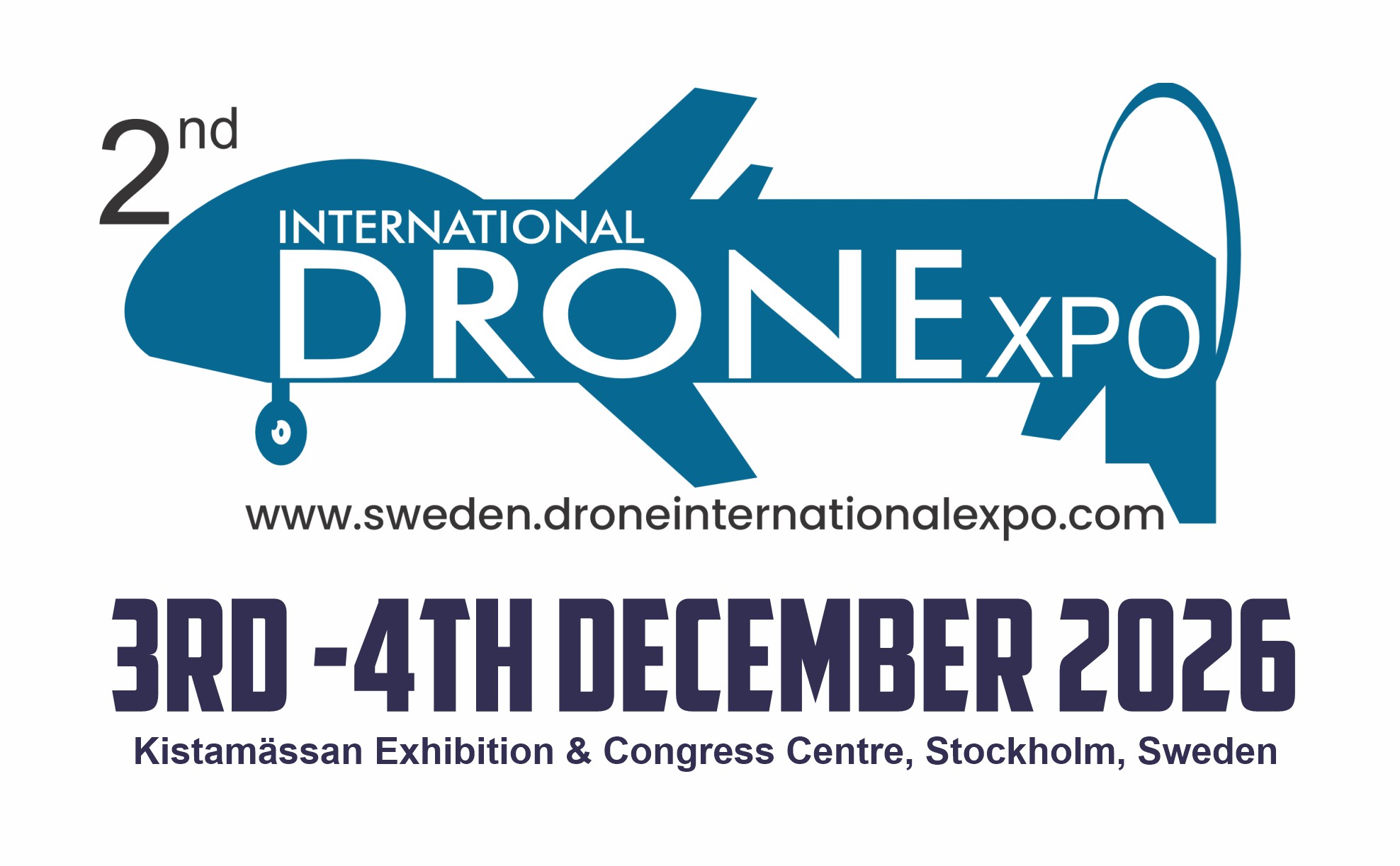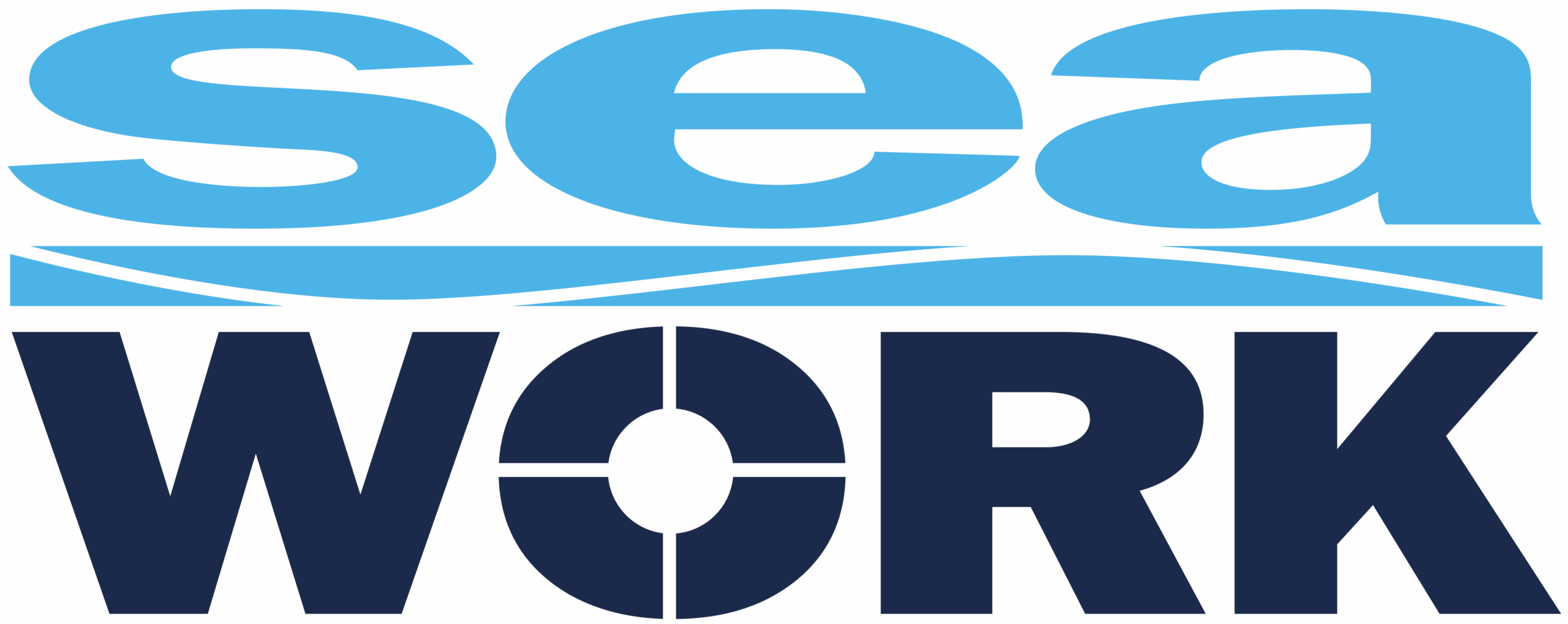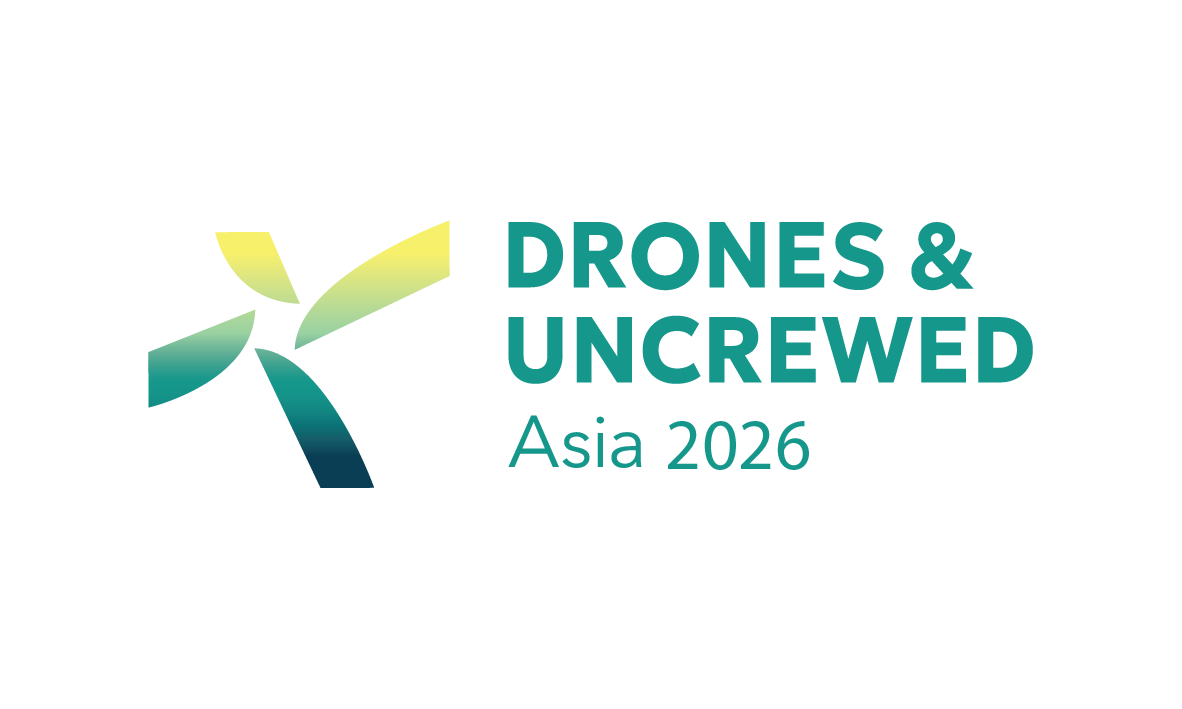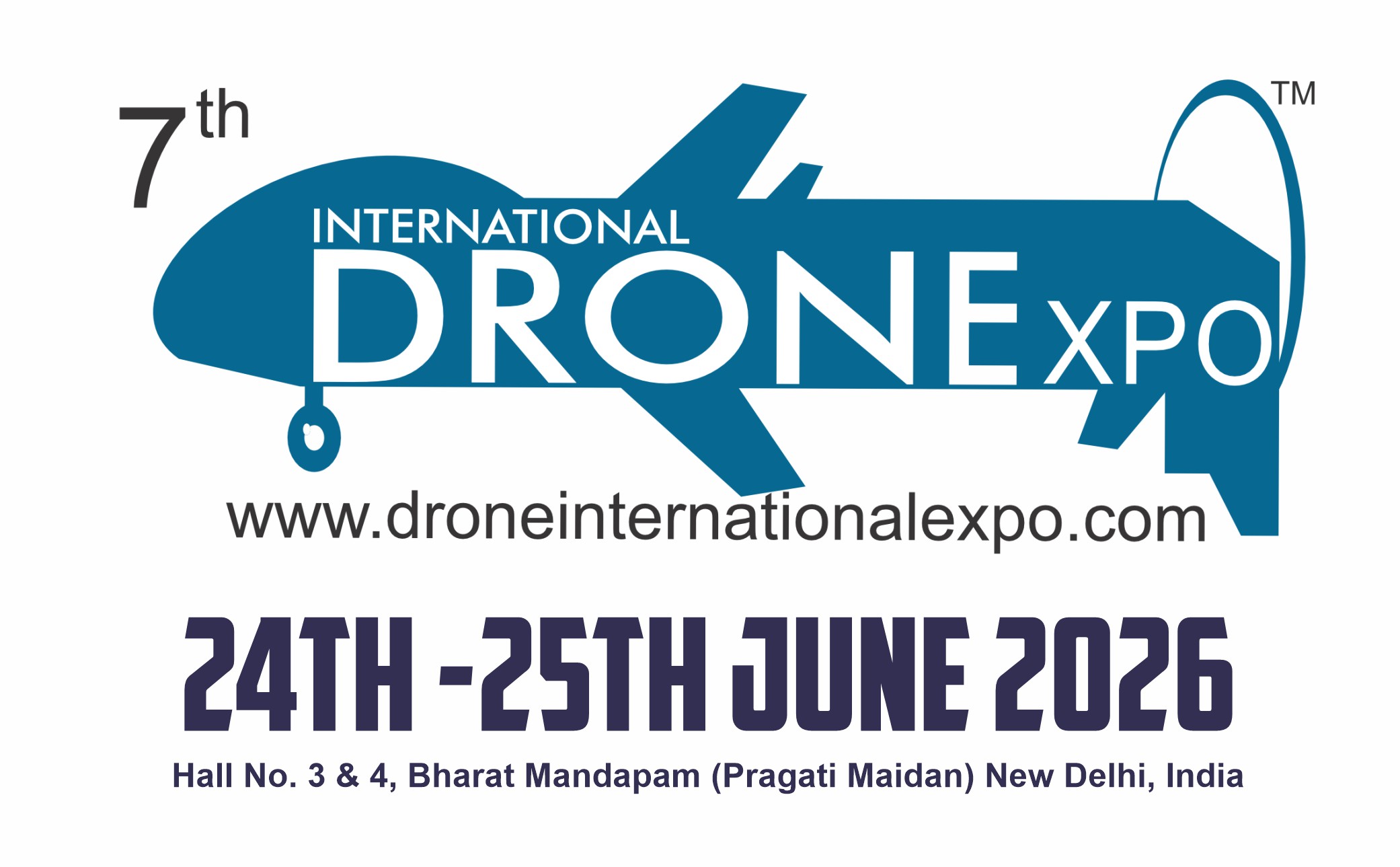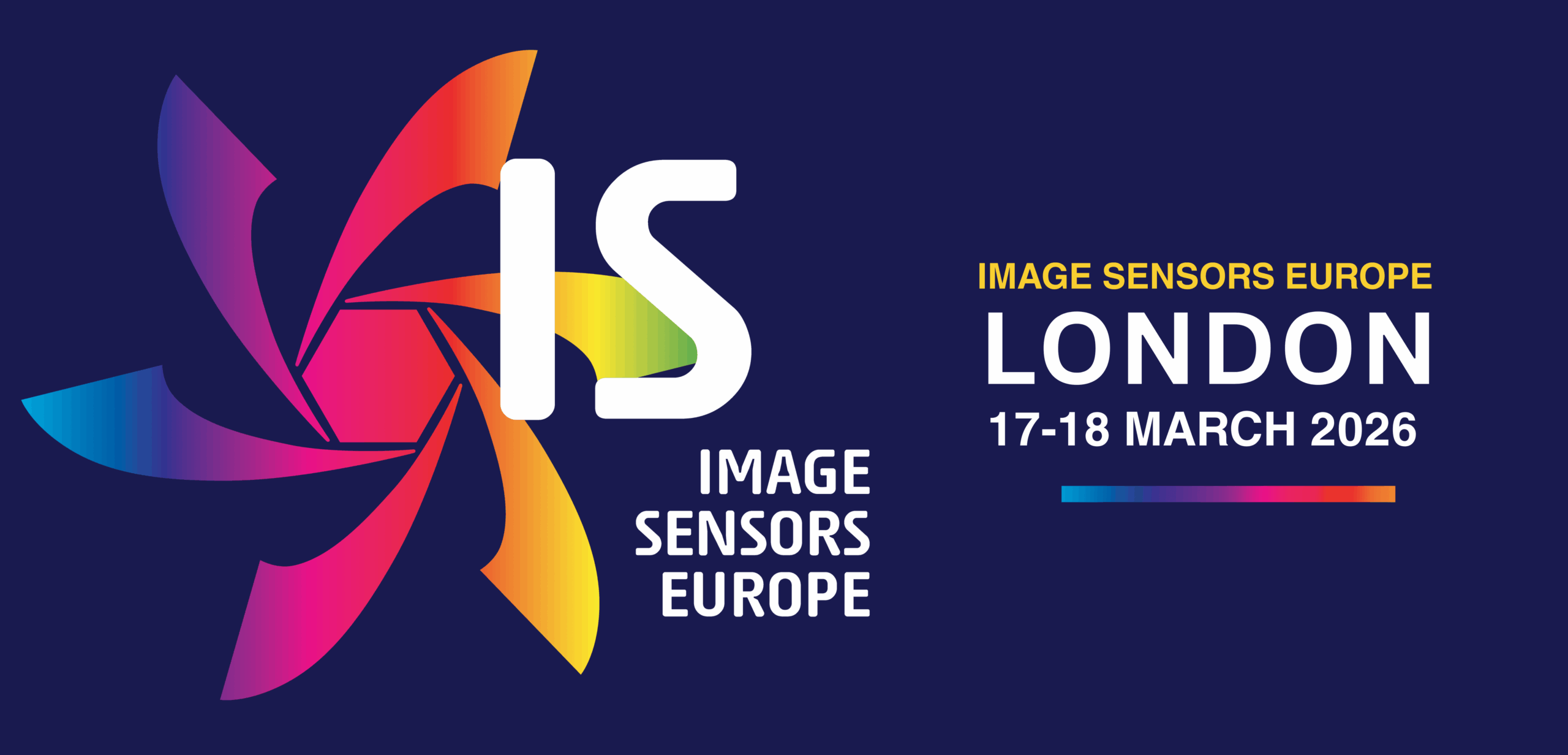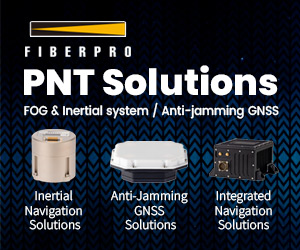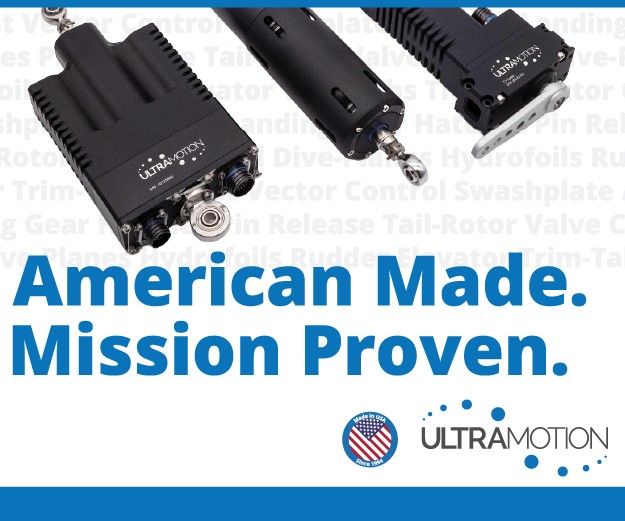In conversation: Christian Ramsey
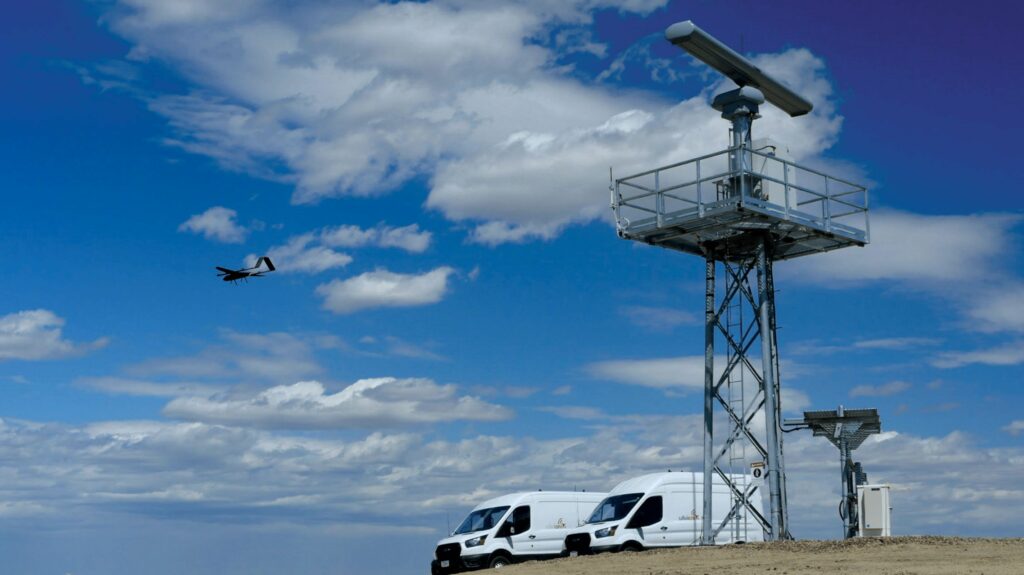
(All images courtesy of uAvionix)
Certified fresh
Rory Jackson sits down with the chief commercial officer of uAvionix to learn what it takes to fit UAVs safely alongside crewed aircraft in visible (and beyond visible) skies
For the past decade, the pace of advancement in uncrewed systems has run together with the pace at which the technology of their subsystems could be miniaturised. Going forwards, however, the rates of adoption and advancement will be increasingly tied more to the pace at which they can be certified – operations both beyond visual line of sight (BVLOS) and within distance of populated areas represent major untapped markets, and those whose technologies enable them to obtain waivers, special operating permits or prolonged flight clearance (or the right to self-assess and -clear for operational risk levels) more easily will become market leaders.
As CCO of uAvionix, Christian Ramsey has spent much of his career at the forefront of such critical miniaturisation and certification; however, peculiarly for one known best for aviation safety systems, one of his earliest inspirations down this career path was the film Top Gun.
“Although I’d long been building RC aeroplanes as a kid, seeing Top Gun in the cinema was one of two movies that really accelerated my technical interests; the other was Short Circuit, about a military robot who becomes self-aware,” Ramsey muses.
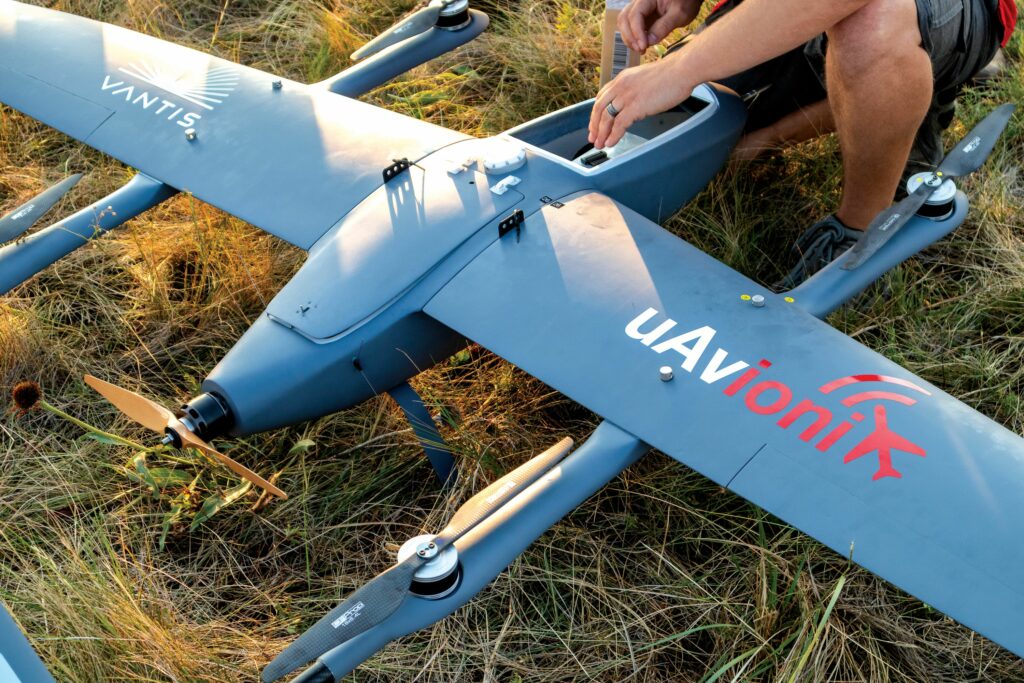
Although one may draw a connection with his future interest in autonomous systems from the latter blockbuster, Ramsey’s entrance onto the stage of uncrewed systems would take a little longer than his entry into aviation. After initially being unable to join the US Air Force academy (owing to his sub-20/20 vision), he instead pursued a computer science approach, achieving a Bachelor’s degree in that subject as well as a private pilot’s license while attending university in the mid-90s.
“Those two passions came together post-college, when I started working for a company that built flight simulators for crewed flight training devices,” Ramsey recounts. “From that, I gained a lot of sim time in things like B-52s, AV-8 Harriers, 737s and a lot of helicopters. It made for a really fun and eye-opening 15 years or so of career progression, from software engineer up through program management, business development and things like that.”
After achieving his Masters in Executive Management in 2010, he sought a new direction and went to work for another company that at the time was called ITT. Over two years, however, it was spun-off and renamed and merged into Harris [later L3Harris], which was implementing the US’s ADS-B network.
“I became a part of that program, first tangentially by delivering solutions to airports and airlines based on surveillance data, cloud systems and so forth, but eventually going on to become deputy program manager on the ADS-B program itself, learning how to run and manage an airspace network,” Ramsey continues.
Concurrently (around 2013), the FAA published a paper that detailed a roadmap for integrating UAVs into the national airspace (NAS). That paper highlighted two core areas of technology that needed further advancement for UAVs to integrate safely: detect-and-avoid (DAA) and command and control (C2).
“As I had access to a host of ADS-B and surveillance data, which I realised could be hugely valuable for creating DAA systems, I put together a pitch to Harris explaining how I could use the former to design the latter, got some seed funding, and started running r&d for UAS DAA for them,” Ramsey recounts.
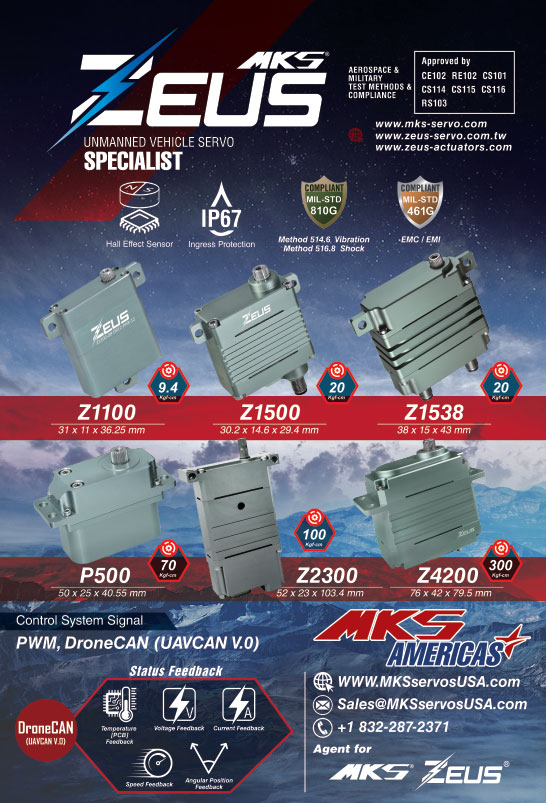
“And around 2015, I met Paul Beard, the founder [today CTO] of uAvionix. It was a vital meeting because we also needed miniaturised versions of ADS-B transponders for UAVs, and that’s precisely what his team was working on. Seeing the good fit with what we were doing at Harris, he convinced me to come and join.”
The age of ADS-B
In its pursuit of a complete ecosystem for integrating UAVs into NASs, uAvionix has since developed a range of solutions for general aviation (GA) aircraft, defence aircraft and ground support systems.
“Those categories sprung up in somewhat distinct eras, each being reflective of what was happening in the industry at the time,” Ramsey recounts.
“In 2016, commercial drones were just getting started: DJI Phantom 4s were still new, and the FAA and RTCA and other key standards-setters were more focused on military applications, like how to fly a Predator in the NAS. It wasn’t about certifying and integrating small things.”
Nonetheless, uAvionix had brought together considerable talent to miniaturise transponders and related tech from systems the size of a CB radio down to being smartphone-sized (and reasonably priced).
However, the company soon learned that crewed aircraft owners and fleet managers, having procured their ADS-B system avionics, were then having to pay avionics workshops an equivalent fee to install the systems on their aircraft.
On top of that doubled price tag, the FAA’s 2020 mandate for ADS-B was looming, meaning such workshops were fully booked (with groaning backlogs) by aviation companies frantically trying to get their ADS-B systems integrated by trained specialists.
“Shops were picking and choosing which jobs they took, largely prioritising the full cockpit overhauls way ahead of the simple box installations because the former were way more profitable,” Ramsey continues.
“Because this was such a huge problem in 2018-2019, leading up to the deadline, we came up with the idea of SkyBeacon, our ADS-B wingtip add-on, as an easily installed solution.”
Upon displaying SkyBeacon at the Oshkosh Air Show, uAvionix was surprised to find an increasing number of FAA personnel coming by to see the product.
Over the course of several follow-up meetings, its agents expressed their wish to certify SkyBeacon as a means of resolving the severe bottleneck in ADS-B adoption across commercial and general aviation.
“We’d never certified anything, ever! But it became a top-down directive from the FAA Administrator to help us get that certified,” Ramsey muses.
“So, we learned certification, with a lot of priority from the FAA’s end in advising how we could certify not just a transponder we’d built but also a commercial GPS receiver that formed a key part of it.”
That propelled the build-up of the company’s GA portfolio through product reconfigurations and acquisitions, as did restrictions on ADS-B Out systems for UAVs (because the FAA had spent $2 billion on a nationwide ADS-B infrastructure for commercial aviation that was not scaled to accommodate the number of UAVs that Amazon and Google were projecting).
“After that 2016-2019 period of expanding from UAVs into GA, we were invited to join another company’s SBIR [Small Business Innovation Research] program for developing a Mode 5 IFF [Identification Friend or Foe] defence transponder, whose former partner hadn’t done well meeting the miniaturisation objectives,” Ramsey continues.
“That was the genesis of our Mode 5 transponder products for defence UAVs, which bloomed around 2020-2021 and was different in that we were honing something that customers explicitly needed, rather than what we felt – with confidence – they needed.
“And today, we’re tying things nicely back to my Harris days of making systems for airports, by focusing on developing ground support infrastructure for DAA, like our FlightLine ground-based network and our SkyLine C2 network.”
Hands-on approach
Across all technologies, reducing SWaP and maximising certifiability remain the core target and challenge for uAvionix’s engineers.
“Sometimes, they’re at odds with one another. You’re always looking for new, super-small chips, connectors, power amplifiers and so on, but you’re not guaranteed to find a source that’ll enable you to ship it into an ITAR product, for example,” Ramsey explains.
“So, sometimes, we’ll build something that’s super small and lightweight, but can’t ever really be certified, like our new Trakr wearable alert device. But for mission-critical avionics like our C2 and DAA systems, it’s naturally more important that we keep evolving them with certifiability at the forefront, while still miniaturising as much as possible.
“All other things being equal, integrators choose what’s smaller; every aircraft where we’ve been chosen over our competitors, it was on the basis of SWaP.”
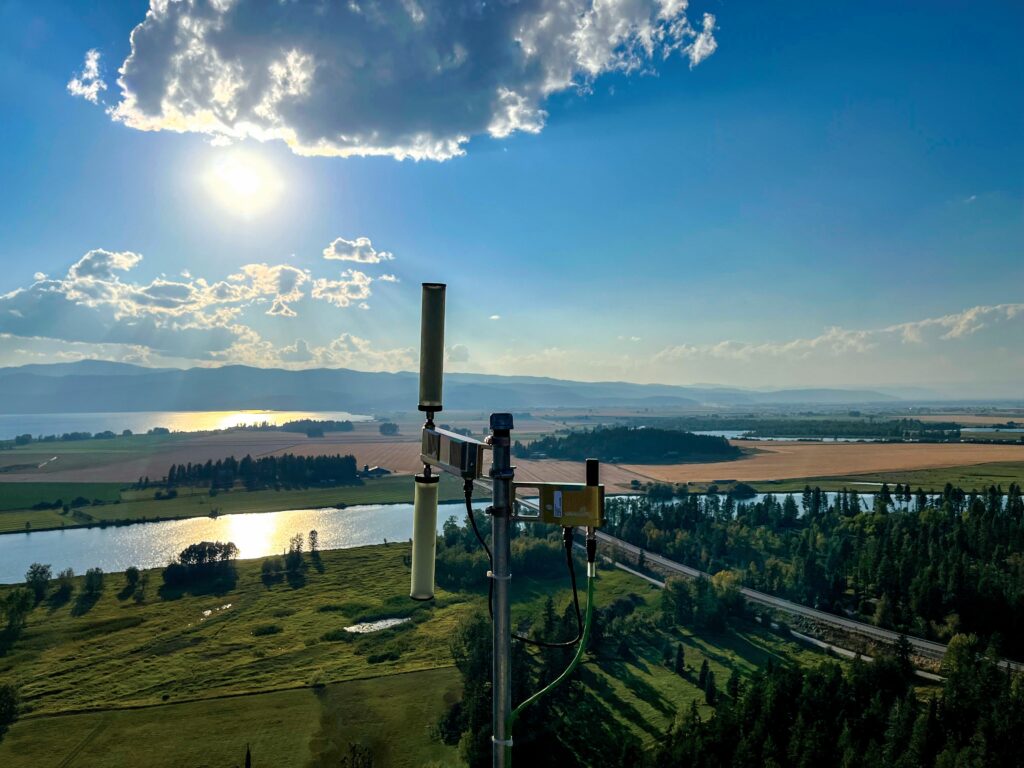
The single biggest barrier to miniaturisation in uAvionix’s transponders is the output power components (the core ADS-B chips themselves are already very small and flat); hence, allowances for lower-power broadcasting in UAV integrations are of great help to its engineers.
“And on top of that sort of thing, we’re always tinkering. Paul Beard’s capacity for certifying things came from his history in Silicon Valley, dealing with the actual silicon industry there – so his experience goes back to miniaturising things like new Bluetooth chipsets while adhering to strict standards,” Ramsey recounts.
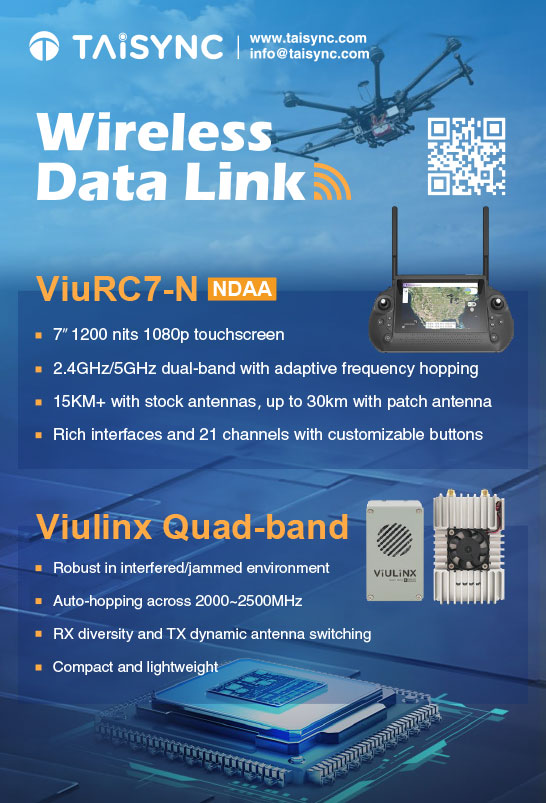
“That was his mindset when he came into uAvionix and started defining the technical and engineering culture. His expectations, and the standards he set for making electronics smaller, went so much further than any of ours did at the time. We’d still been aiming for things like the so-called ‘mini’ transponders you get from aerospace primes, even though those are still bigger than shoeboxes.”
The actual process of certification consists broadly of two major activities. One is documentation – of every component, tool and process utilised in the course of producing a new system.
“The other is painful, dogged, sometimes tedious engineering work. There are courses you can take in how to certify a product to DO-178, DO-254 and the like, but those who’d been trained to certify things the traditional aerospace way couldn’t always make the mental switch needed to engineer things down to the size of a coin,” Ramsey recounts.
“There was one funny moment where we asked the FAA: ‘How do we certify this drone transponder?’ They shrugged. So, we presented the exact same device and asked: ‘How do we certify this GA transponder?’ To which they enthusiastically gave detailed and specific to-do lists for us to follow. A lot of reframing of mental paradigms had to click in our brains before progress for UAV certifiability came.”
Following that, component experimentations were key to uAvionix finding certification pathways, such as using a u-blox chipset for its GNSSs (including certifying that chipset, instead of making a whole new GNSS chipset from scratch, as would be conventional).
“We ended up not hiring any traditional certification experts – they’re incredibly smart people, but to make something both certified and miniaturised, we had to teach ourselves certification,” Ramsey says.
“Essentially, we tracked every guideline, and everywhere possible, we challenged what the rulebook said to try and do things our way. We even got directed to our nearest ‘innovative’ Aircraft Certification Office for our configuration management, and they objected to our use of GitHub and cloud-based tools instead of a 15-year-old Microsoft 95 configuration management library.
“And since certification requires you to get approval on all design and engineering tools you used along the way, we had to teach them all about GitHub, as well as a bunch of other modern software and hardware tools; quite the exercise!”
Circling the future
Aside from endlessly miniaturising and re-miniaturising its products, one might expect a day to come when uAvionix is finished innovating new solutions – a day when UAVs, passenger jets, urban air taxis and so on all share airspace with clear visibility, avoidance responsibilities, airspace segregation and traffic management.
However, that future remains some way off. Regulatory foot-dragging has forced UAV engineers to keep their systems from interfering with commercial and general aviation, rather than integrating them smoothly. But waning tolerance for invisibility in the air (in the wake of mounting drone-related incidents) is expected to contribute to detailed and clear requirements for BVLOS operations that open vast new possibilities for UAV capabilities.
“In terms of what technologies will enable those operations, C2 ought to be a key part of it, but frankly you don’t see a lot of industry investment in the C2 side of things, aside from cellular-related movements by a few players,” Ramsey notes.
“The whole idea of longer-range, protected-spectrum C2 links for UAS and Advanced Air Mobility [AAM] vehicles – which is what our SkyLine and C-band [5 GHz] systems are built around, including the cloud-based management portal and ground-based radio networks – still stands out to us as the right path forward for those kinds of operations.
“It’ll definitely be a key part of that integrated future; we’re just not totally sure when. It’s a bit of a ‘chicken-and-egg’ problem; the systems have to exist for us to offer them as a service, people want to adopt them in time for the regulations to go live, but the regulations sort of have to exist first so you can feel assured that the systems will be compliant.”
Progress in untying this knot (in line with the protected-spectrum approach) can be seen in announcements such as the FCC’s part 88 publication in August 2024, allowing UAV operators to obtain direct frequency assignments in part of the 5030-5091 MHz band. But Ramsey adds that active conversations are ongoing, and uAvionix is thus on the cusp of iterating on the designs of some key C-band products to stay ahead of the curve.
“We’ll see if that’s how the UAS industry ends up integrating alongside everything else in the sky; how AAM’s going to work is a whole different question,” Ramsey muses.
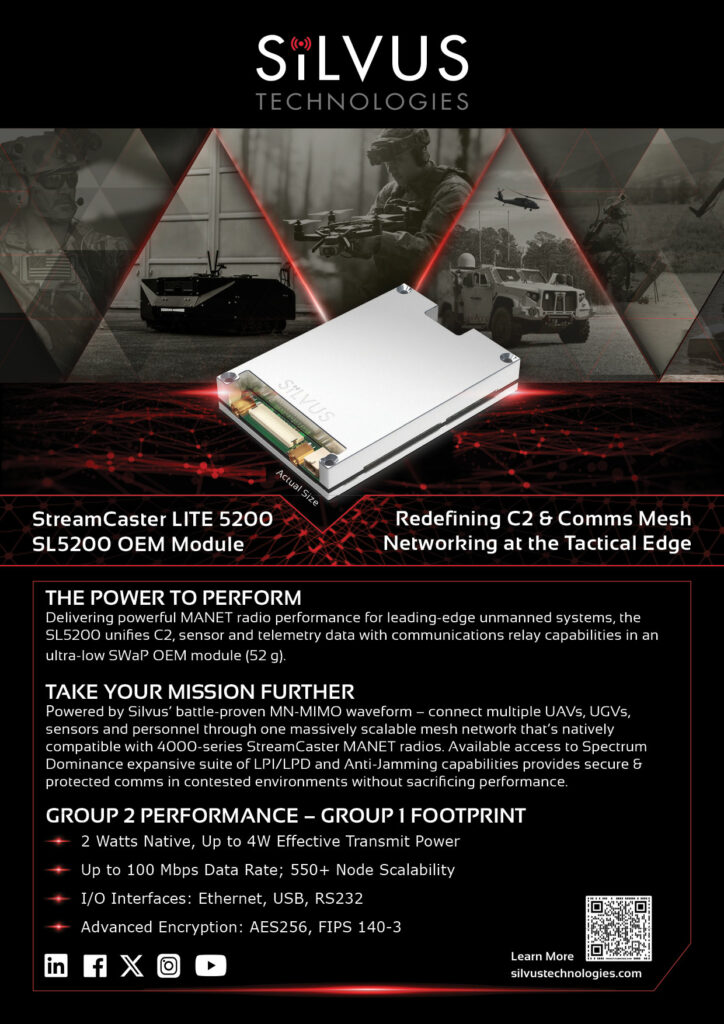
“To an extent, a transponder is a transponder; plenty of those air taxis you’ve seen at air shows over the past few months could work just as well with our GA tailBeaconX as with our UAV ping200X TSO, but a lot will also be decided based on whether AAM vehicles end up being piloted or unpiloted.
“On the less appealing side of things, we’ve had just so many AAM manufacturers come to us asking for incredibly elaborate, customised arrangements of C2, comms, cockpit and other systems, and in nowhere near the volumes necessary to make a profit.
“It’s a far cry from how things are going in the UAS industry, where we expect some really exciting NAS news in the years ahead.”
Christian Ramsey
Christian Ramsey graduated from James Madison University in 1996 with a BS in Computer Science. He worked as a software engineer (on training simulation systems for aircraft weapons and maintenance) at Lockheed Martin for the next year, before going on to a 22 year tenure at Rockwell Collins, called NLX Corporation when he joined.
While there, he went from continued simulation engineering to eventually heading corporate strategy for product development, also achieving his MBA in Executive Management from George Mason University’s Costello College of Business in 2010.
He joined ITT Corporation (later Harris and then L3Harris) in 2011 to lead work on a variety of airport management systems, leading to his movement to uAvionix in 2016 as VP business development. There, he has held a variety of positions, including president and numerous different managing director hats, always with responsibility over strategy and success for its UAS product portfolio (and increasingly over its solutions for crewed aviation too).
In addition to having been a pilot in his spare time, Ramsey and his wife occasionally help with softball coaching for their children’s Little League teams. He also functioned as a member of the FAA Drone Advisory Committee from 2020 to 2024.

UPCOMING EVENTS


